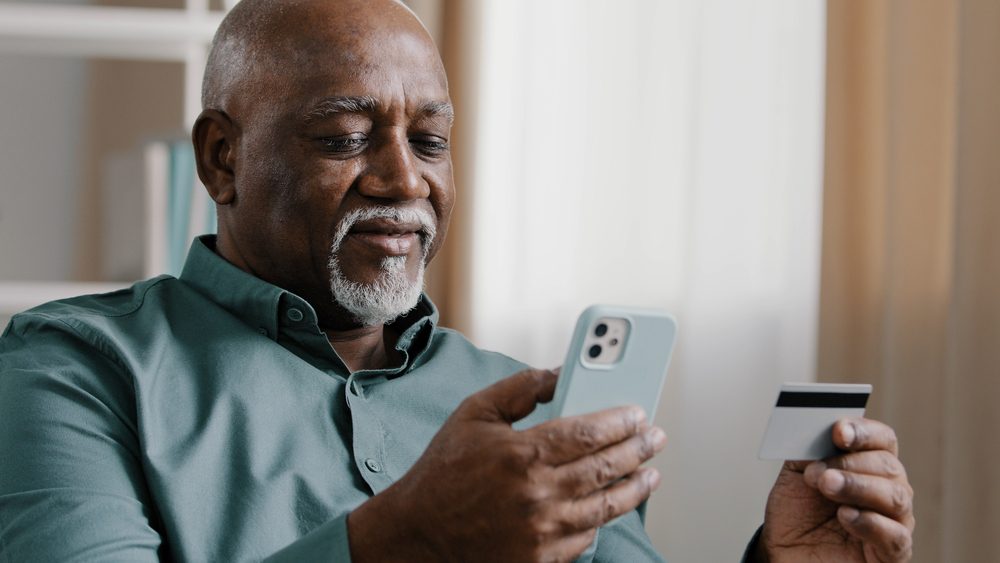No one likes to have debts, but sometimes life forces you into this scenario. Unfortunately, debts can make your life a lot harder after a while. You will spend a big part of your monthly income on debt payments, and you will feel like you never have money.
If you have too much debt, it will be much harder to build an emergency fund or get other loans, so your long-term security is in danger.
According to a report from Landing Tree, in the third quarter of 2022, Americans owed $925 billion on credit cards. As a fact, credit cards charge an average annual percentage rate (APR) of 16.27%, with additional interest rate rises predicted in early 2023.
If you want to pay off your debt fast and maybe save some money, we have good news for you because there are some strategies that you can use. Read on and find out how to get rid of debt in less than a year!
1. Use your tax refund check
It’s finally time to receive your tax refund check. Isn’t that great? Finally, you’ll have more money. Maybe you will go on that well-deserved vacation on the seashore, or you can buy that new fridge with an ice and water dispenser.
It is true that you can do so much when you receive a large amount of money at once, but a smart strategy that can help you in the long term would be to use that money to pay your debt.
Just think about it for a little bit. If you have no more debt to pay, in the end, you will have more money for yourself. This means that you can begin to save some money that you can use for whatever you want, be it a vacation or an emergency fund.
So, you can try to be wise and use your tax refund check to pay all of your debt, and if that is not possible, you can pay a larger part of it. A lighter debt load will always be beneficial over the course of many years.

2. Take advantage of the credit card balance transfer
In this case, what you want is a credit card with a 0% introductory APR offer on balance transfers. If you have to pay off high-interest debt, a strategic move like this one can help you save a lot of money on interest charges.
But more specifically, what do you have to do? Well, the move is simple, all you are required as we already said before is an account with an introductory 0% APR offer on balance transfers. After that, you will have to transfer your debt to that card.
Keep in mind that balance transfers have some charges and limitations. A balance transfer fee of 3%–5% of the total transferred is normally required. Also, if the credit card’s limit is low, you may not be able to transfer your entire balance.
In conclusion, if you want to get some additional money that can help you pay the debt, a credit card balance transfer can really help you. Just be sure to read the fine print carefully and see if you really get the low rates that are promised.
3. Sell some items and get extra cash fast
We all have a lot of items that we don’t use anymore, or even some items that we have never used but are still brand new. If you have trouble with money and you need some fast cash that can help you pay your debt, why not sell some of these items?
Really now, why keep them in your basement or garage when you can easily transform them into money? Start decluttering today and list them on Craigslist or eBay. If you think it suits you better, you can also try a classic garage sale.
Use the proceeds to pay down your debt, and you will have a lighter debt load in no time. So, start making more cash today, and don’t wait anymore.
4. Try the “debt snowball” method
We are sure that you know how a snowball works. Right? You start with a little bit of snow, you make a tiny snowball, and then you roll it around until you get a larger snowball. You keep doing this, and the snowball will grow larger and larger.
As with any snowball technique, the debt snowball method works in the exact same way, but now instead of snow, you will have money.
If you have multiple credit cards and are constantly juggling between them, and at some point you start to feel overwhelmed, try to consider paying the minimum payments on your largest debts. After that, any money that remains should be used to pay the smallest debt.
When the smallest debt is paid off, the cash that was going toward it is “snowballed” into paying off the next smaller debt. You keep doing this until you pay all of your debts. You jump from the smallest debt to the next smallest debt until you pay them all.
This technique can help you get rid of your debts fast, and it also creates momentum that substantially reduces the number of monthly bills that you need to pay.
Also, if you want to learn more about debt reduction strategies, this book might be a good place to start.

5. Eliminate old debt
Many of us are paying off some old and really old debts. And there is the catch: sometimes you are no longer legally obligated to do so. It is normal to feel like you have to pay all of your bills, but if you feel like you can’t do that right now because your budget is tight, you can consider renouncing some old debts that can be 10 years old or older.
The first thing that you will need to do is investigate what rules apply to your state. Every state has its own rules and laws regarding the repayment of outstanding debts, and you have to be aware of them.
Some states prohibit debt collectors from collecting a specific sort of debt after a set period of time, while others restrict the length of time a creditor can sue you over an old debt. You should take into consideration any rules like these ones.
So, find out if the statute of limitations has passed and see if you can forgo repayment without worrying about legal consequences.
If you want to learn more about this, contact your state’s consumer protection office and inquire about the limitation period on credit card debt.
6. Cash in your life insurance
It can be a tough decision to make, but cashing in your life insurance can be helpful if you want to get rid of larger amounts of debt fast. If you feel overwhelmed by debts, like you don’t have any other chance to escape from them, and you don’t have any beneficiaries that might need your life insurance (children or a spouse), go on and use your life insurance policy to pay off those debts.
Tough, keep in mind that this strategy won’t work with a term life insurance policy. You need a whole policy that has some cash value. Also, keep in mind that you don’t need to cash in the entire life insurance policy. You can only use a part of the money to pay off your debt and keep the rest for your loved ones.
You should also check out: How to Pay for Pricey Home Repairs and Still SAVE Money (7 Tips)








